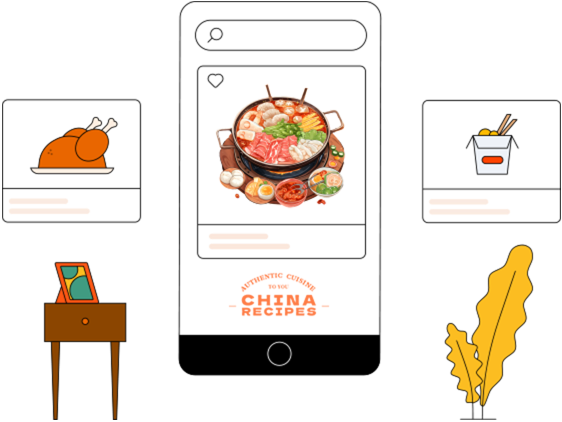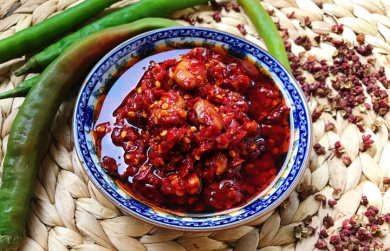What does "to mince" mean in cooking? Let’s break it down
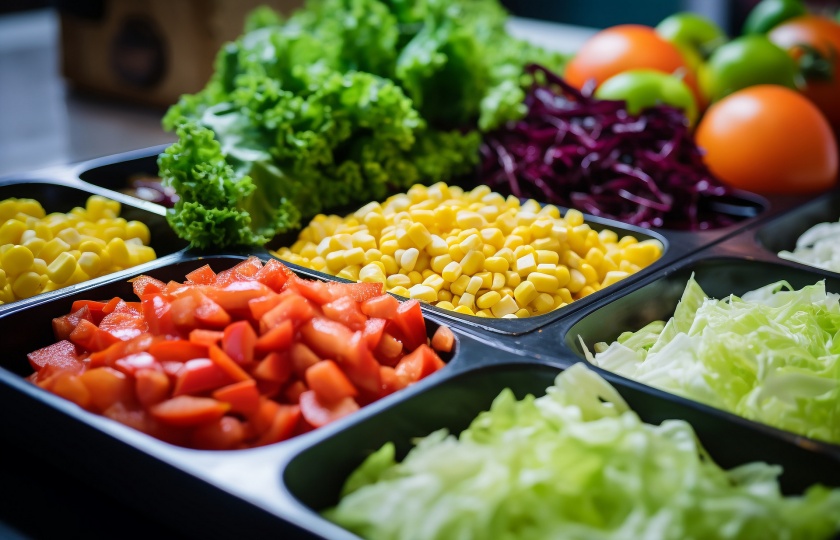
In this article, you will fully understand what "chopping" means in cooking. If you're interested, read on to learn more!
To mince meaning in cooking?
In cooking, "chopping" may seem simple, but there's more to it than meets the eye. It refers to the process of breaking down ingredients into small, irregular pieces using a knife.
From a culinary perspective, chopping can significantly enhance the flavor. For example, aromatic ingredients like garlic and onions, when chopped, have a larger surface area, which increases their exposure to air and other seasonings, allowing their flavors to integrate better into the dish.
When making sauces like tomato sauce or chili sauce, chopping tomatoes and chilies allows their juices and flavor compounds to blend, creating a richer sauce.
Chopping ingredients into fillings, like finely chopping chives for dumplings, makes the texture smoother and more delicate, avoiding large chunks of vegetables.
Chopped ingredients cook faster and more evenly. For instance, when making vegetable soup, chopped vegetables cook through quickly, reducing cooking time.
Chopping also helps when mixing or stirring ingredients. For example, when making meatballs, chopped meat easily combines with seasonings and other ingredients, ensuring a uniform texture and flavor.
What's the difference between chop and mince?
Many people confuse "cutting" and "chopping," but there are distinct differences between the two. Here's a breakdown:
Method of Action:
Cutting refers to slicing ingredients into shapes like slices, strips, or cubes. This process is generally more controlled and requires skill to maintain consistent shapes.
Chopping involves striking ingredients with a knife in quick, forceful motions, breaking them into smaller pieces. The action is more abrupt and relies on wrist and arm strength.
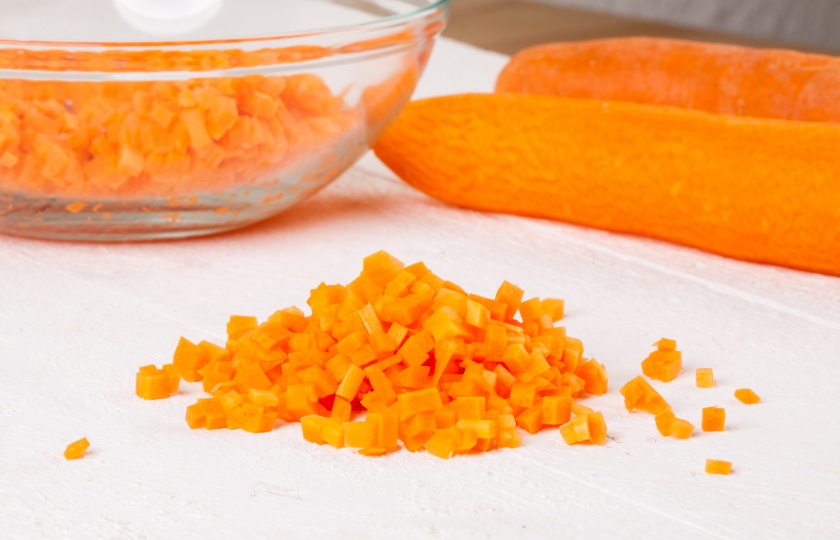
Choosing Ingredients:
Cutting works best for softer, easier-to-cut ingredients such as cucumbers, carrots, onions, apples, bananas, thin slices of beef, pork, and tofu.
Chopping is ideal for ingredients that release aroma or need to blend well with other ingredients, such as garlic, ginger, chilies, and meats. It's also useful for tougher, more fibrous foods, like bone-in meats (e.g., ribs or chicken).
Culinary Uses:
Cutting is widely used across various cooking methods and dishes. Slices are common in salads, stir-fries, and grilling (e.g., cucumber salad or stir-fried potato slices). Strips are used in stir-fries and cold dishes, like carrot strips in Kung Pao chicken or bean sprouts in salads. Diced ingredients are often used for fillings, stews, or soups, such as dumpling filling or winter melon soup with meatballs.
Chopping is used mainly for fillings, seasonings, and specific dishes. For example, chopped meat filling is used for dumplings or buns; minced garlic and ginger are added to dishes for flavor; chopped chilies are used in spicy dishes like chopped chili fish head.
Final Results:
Cutting produces more uniform, regular-shaped ingredients that cook evenly and look aesthetically pleasing when served. This ensures consistency in flavor and texture, and makes the dish visually appealing.
Chopping results in irregular, smaller pieces that blend better with other ingredients, releasing more flavor. For example, chopped green onions on noodles add a flavorful kick.
Common cutting and chopping ingredients
Cutting:
Potato slices (used in beef stew or stir-fries)
Carrot strips (for stir-fries or stews)
Onion chunks (for stir-fried beef with onions)
Chicken breast slices (for stir-fries or grilled dishes)
Chopping:
Minced garlic (used in salads, stir-fries, or stews)
Minced ginger (for removing fishy odor and enhancing flavor)
Minced chili (for adding spiciness)
Ground meat (used for dumplings, buns, wontons)
What is the best cut of meat to use for mince?
Pork:
Pork is one of the most common meats to chop. For example, pork shoulder, which is about 30% fat and 70% lean, yields tender and juicy ground meat when chopped, making it ideal for dumpling filling, meatballs, or meat sauce.
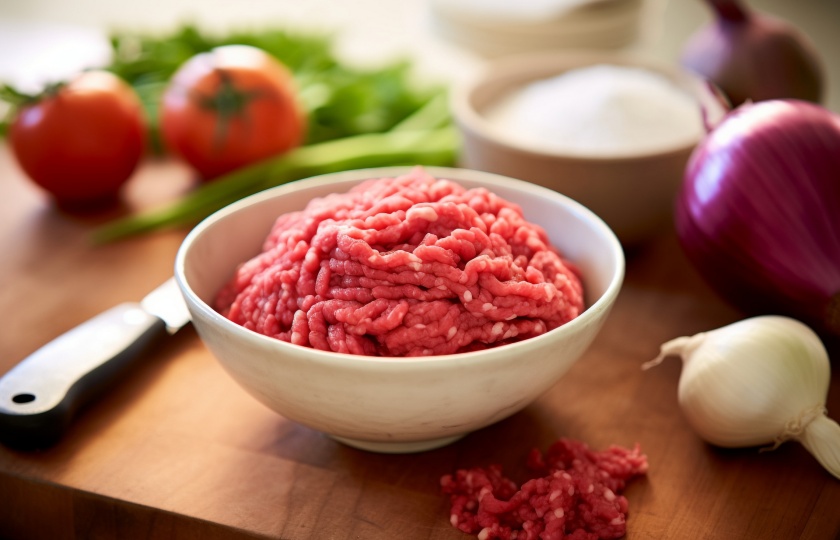
Beef:
Beef tenderloin is a good choice for chopping. It is lean, with low fat and high protein content (about 20%), making it perfect for beef burgers, meatballs, or other dishes where you want a firm texture with a strong beefy flavor.
Lamb:
Lamb hind leg is great for chopping due to its appropriate fat-to-lean ratio and unique flavor. With about 15% fat, chopped lamb is perfect for dumpling filling or lamb skewers, giving the dish a strong lamb flavor.
Chicken:
Chicken breast is a good option for chopping, as it is low in fat but high in protein (around 25%). When chopped, it works well for chicken meatballs, dumplings, or buns, offering a light, flavorful texture.
Shrimp:
Shrimp is another great option for chopping. Its tender texture and sweet flavor, combined with its high protein content, make it perfect for shrimp dumplings or shrimp meatballs. Chopped shrimp creates a juicy, flavorful dish.
What does mince mean in cooking terms?
In cooking, "ground meat" refers to meat that has been cut into very small pieces or minced. This is usually done by chopping, mincing, or blending the meat until it reaches a fine texture.
Ground meat is often made by hand or using a meat grinder. Hand-chopping allows for more control over the texture, while a meat grinder is faster and produces a smoother result.
Ground meat is commonly used in dishes that require a fine texture, such as meatballs, dumplings, stir-fries, or meat sauces. It allows for even seasoning distribution, which helps achieve a more tender and flavorful dish.
Is it better to mince or chop garlic?
Whether to chop or mince garlic depends on the cooking need and personal preference.
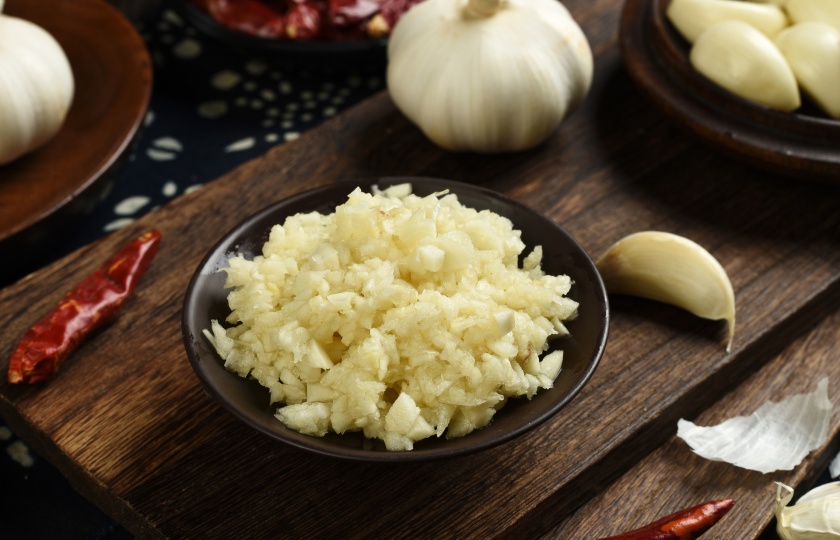
If you enjoy biting into pieces of garlic and want to taste the raw intensity, chopping is a good choice. For example, chopped garlic in a salad will give you bursts of garlicky flavor.
Chopped garlic has a smaller surface area and releases flavor more slowly. In dishes where you want a subtle garlic flavor, like stir-fried vegetables, chopping garlic will let it release its aroma gradually.
If you prefer a strong garlic flavor with a finer texture, mincing is better. Minced garlic releases its aroma quickly and blends into dishes like garlic bread or garlic sauce, infusing the dish with a robust flavor.
Minced garlic also mixes well with other ingredients, ensuring each bite has an even distribution of garlic flavor.
How to mince garlic for beginners?
Preparation:
Choose fresh, plump garlic cloves. Fresh garlic has tight, unbroken skins and is white in color.
Peel the garlic: Slice off the top and gently smash the clove with the side of the knife to remove the skin.
Methods of Cutting Garlic:
Smash and peel: This method is quick for handling large amounts of garlic. Place the garlic on the cutting board and smash with the knife’s side, which loosens the skin.
Slicing: Lay the garlic flat on the cutting board and cut at a 45-degree angle to make thin, even slices. This will release garlic flavor evenly.
Mincing: After slicing, cross-cut the garlic to create small pieces until it reaches the desired texture.
Tips:
Safety first: Always be careful when cutting, as knives can slip and cause injuries.
Use a sharp knife: A sharp knife makes the process easier and ensures even cuts.
Release the flavor: Let the minced garlic sit for 10 minutes to activate the sulfur compounds, which enhances the flavor of your dish.





